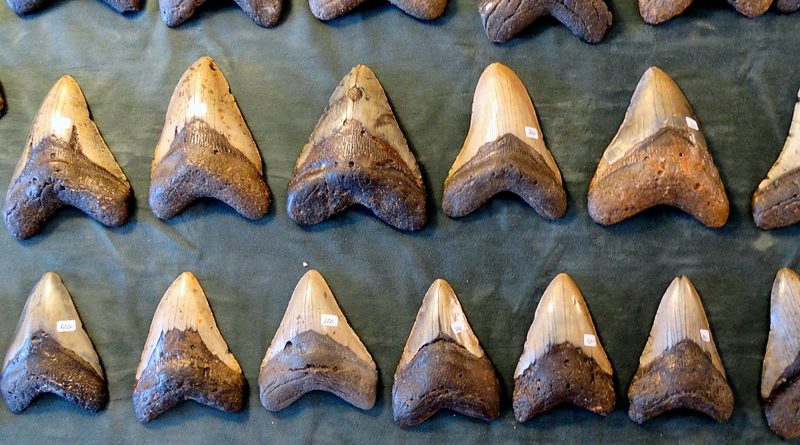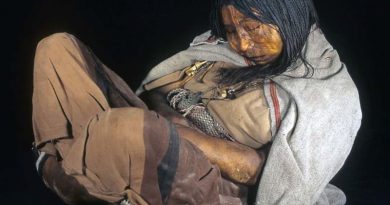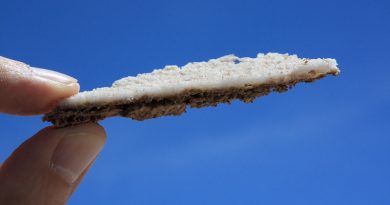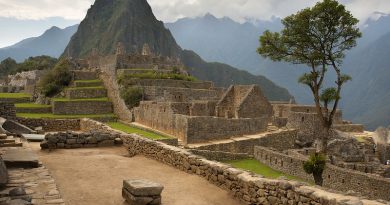Northwest Argentina: Arts, Crafts and Pachamama
Northwest Argentina has many charms but most visitors who travel to these parts come to see the fantastic natural beauty of the Andes Mountains. Mother Nature’s work here is without doubt spectacular, but if you can tear your eyes away from the panoramas for just a minute you can find other forms of beauty, including those fashioned by human hands.
Just a few kilometres south of the pretty little Spanish colonial town of Cachi, not far off Route 40, near the town of Seclantas, local artisans work by the side of the road making beautiful handcrafted goods. The speciality here is the poncho; woven from the wool of llama and alpaca, the ponchos are so expertly crafted and of such good quality that in my mind they qualify as wearable works of art.
This area is also one of Argentina’s most successful wine producers. The dry high altitude creates the perfect climate for growing Torrontes grapes which produce a crisp and fragrant white wine. In fact there is even a wine trail that winds along dusty dirt roads through some truly spectacular scenery and passing a selection of remote family run bodegas happy to let you taste their wares.
When the Spanish first settled this region they brought grapes with them from Europe. It wasn’t long before they worked out what grew well in the climate here. Boasting some 360 days of sunshine and warm dry temperatures throughout the year, if I were a grape I’d be of the Torrontes variety, so I could spend my days soaking up the rays.
The centre of the wine region in these parts is Cafayate, a Spanish colonial city that grew up around a mission. The town is surrounded by expansive hacienda-style bodegas and miles and miles of lush green vineyards. There’s something about the air and light here that begs you to sit, sip a glass of wine and watch the world go by as the sun drops behind the cactus -dorned mountains. And yes, even the cacti are special.
They are Cordon cacti and look just like the ones you always see in cartoons but rarely in real life. Tall, straight and usually bearing three or four arms that curve upward in a semi-circle, the cordon cactus is not just satisfying to look at but the light weight and durable wood that comes from it is used by locals to make all kinds of furniture and sculptural works of art. From table lamps and ceiling beams to chess pieces – if it can be made out of wood, in these parts at least – it’s probably going to made out of Cordon cactus.
Travelling south from Cafayate, you enter an area that is gaining a reputation for its vibrant and innovative art scene. At its centre is a trendy little village called Amaicha del Valle that bristles with creative activity. Dread-locked hippies, gauchos, tattooed bikers and bohemian locals intermingle here in a way you don’t see in other parts of the country. Stylish and rustic cafés encircle the main plaza with sidewalk tables offering a range of local food like tamales and humitas. The vibe here is laidback but not lazy.
The region is also home to some of the oldest communities in north-western Argentina. Spread out along a hillside just up the road is Quilmes, ruins of one of Argentina’s best preserved pre-Columbian settlements.
The locals are proud of their heritage and keep it very much alive. Every year in February thousands descend on the town of Amaicha to celebrate its festival to honour Pachamama, the traditional name for Mother Earth.
Not surprisingly much of the art and crafts here, largely pottery and woven goods, are produced in the traditional ways, but recently there has been an upsurge in innovative twists on time honoured classics. Perhaps the most striking example lies on the outskirts of town. It’s called the Museum of Pachamama and if you are in the area it’s a must see.
The Museum is the brainchild of local self-taught artist and architect, Hector Cruz, who wanted to celebrate the local culture of the region by creating a lasting, contemporary and eye-catching tribute to Pachamama. Well, he succeeded. From the moment you enter the museum’s ornate gates, made of rusting metal and shaped to mimic indigenous motifs representing the Sun and reptiles, you realise this is no normal museum. It is instead a fantastically imaginative riff on ancient themes and designs. A fun, dazzling, cutting-edge tribute to the traditions of the local culture.
The museum complex encompasses several buildings and several gardens. The building interiors are beautifully laid out with displays on the geology and anthropology of the region. Collections of colourful local stones stand next to a life size reconstruction of the interior of a 19th century silver mine that kids seem to esepcially love. In another building are displays depicting the life of the local people who lived in the area long ago.
But the real star of this museum is outside in its sculpted gardens. Here motifs of ancient indigenous art are transformed into strange and wonderful 3D creations made from Pachamama’s finest building material: rock. Giant mosaics of lizard creatures seem to crawl across the walls, mysterious round open-mouthed faces adorn undulating stone towers, and a large fountain basin is spread out like a giant flower. In the centre of the garden is a huge table with 12 stone chairs, waiting it would seem, for the arrival of the South American Knights of the Round Table.
A visit to the museum will no doubt enhance your appreciation of the cultural history of the whole region, and it’s made all the more wonderful by the fact that the artist who created it had no formal training, just passion, instinct and bucket loads of imagination. In fact, on most days he sits quietly in the garden drawing sketches.
More Information
Museo de la Pachamama
Ruta 307, Amaicha del Valle, Argentina
03892 421004
E-mail: [email protected]
By Morgan Lamb




